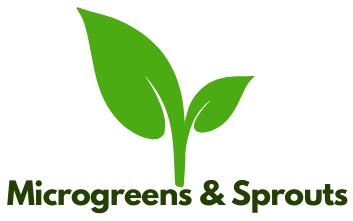Quinoa
Quinoa Seeds
Quinoa seeds are small, round seeds from the Chenopodium quinoa plant, known for their high nutritional value. When sprouted, they develop a crunchy texture and a mildly nutty flavor, making them a popular addition to salads, sandwiches, and health bowls.
History of the Seed
Quinoa has been cultivated for thousands of years in the Andean region of South America, particularly in Peru and Bolivia. It was a staple food for the Inca civilization and has gained global popularity due to its nutritional benefits and gluten-free nature.
Nutritional Information
Per 100 grams of raw quinoa seeds:
- Calories: 368 kcal
- Protein: 14.1 g
- Carbohydrates: 64.2 g
- Dietary Fiber: 7 g
- Fat: 6.1 g (mostly unsaturated)
- Vitamins: B-complex, Vitamin E
- Minerals: Iron, Magnesium, Phosphorus, Zinc, Potassium
Nutrition Benefits
- Complete protein source with all nine essential amino acids
- Rich in fiber aiding digestion
- High in antioxidants which support immune health
- Gluten-free suitable for celiac or gluten-sensitive individuals
- Supports heart health due to healthy fats and magnesium
Sprouting Process and Directions
Soak Time
Soak quinoa seeds in clean water for 6 to 8 hours at room temperature.
Rinse Time
After soaking, rinse thoroughly 2-3 times daily with fresh water to prevent mold growth.
Growing Time
Sprouts typically grow for 2 to 4 days after soaking.
Harvest Time
Quinoa sprouts are ready to harvest when they reach about 1 to 1.5 inches in length (usually around day 3).
Yield
From 100 grams of dry quinoa seeds, you can expect approximately 250 to 300 grams of sprouts.
Days to Sprout
Quinoa seeds usually begin to sprout within 24 hours after soaking.
Best Growing Methods
- Use a sprouting jar or tray with good drainage
- Keep sprouts in indirect sunlight or a dark place during initial sprouting
- Maintain consistent temperature around 20–22°C (68–72°F)
- Rinse seeds thoroughly and drain well each time
Storage
Fresh quinoa sprouts can be stored in a sealed container in the refrigerator for up to 5 days. Rinse before consuming if stored longer.
Using the Ready Sprouts
- Add to salads, sandwiches, and wraps for crunch and nutrition
- Mix into smoothies or grain bowls
- Use as garnish on soups or stir-fries
- Lightly steam or sauté as part of cooked dishes
Helpful Tips
- Use organic quinoa seeds meant specifically for sprouting to avoid pesticides and contaminants
- Avoid over-soaking to prevent sliminess or spoilage
- Make sure sprouts are well-drained after rinsing to prevent mold growth
- If sprouts develop an off smell or discoloration, discard immediately
Did You Know?
Quinoa is not technically a grain but a seed of a leafy plant related to spinach and beets. It is often called a “pseudo-cereal” because it is cooked and eaten like grains but has unique botanical characteristics.
